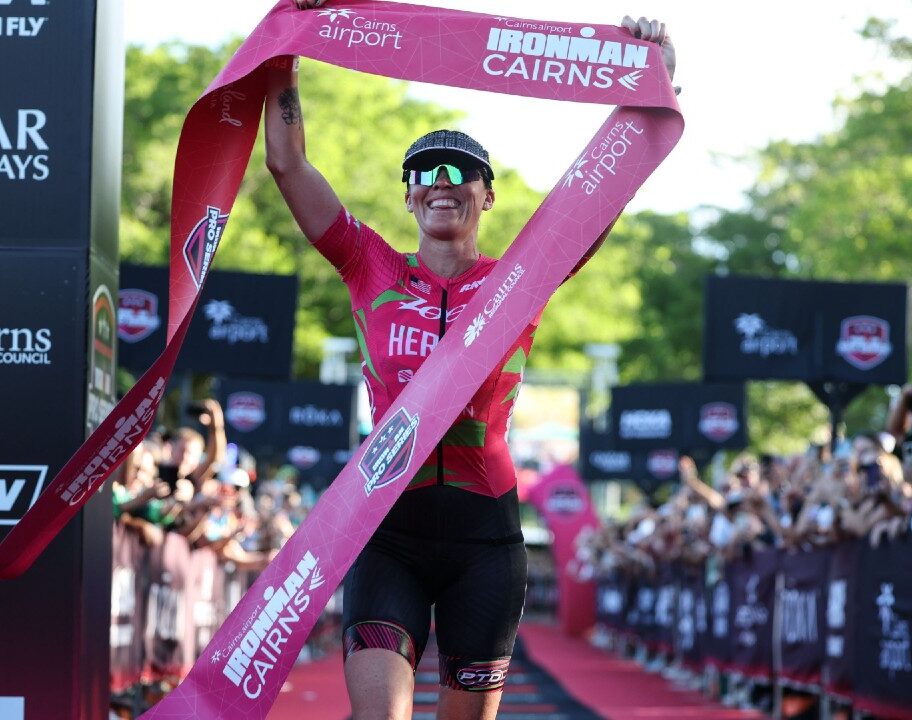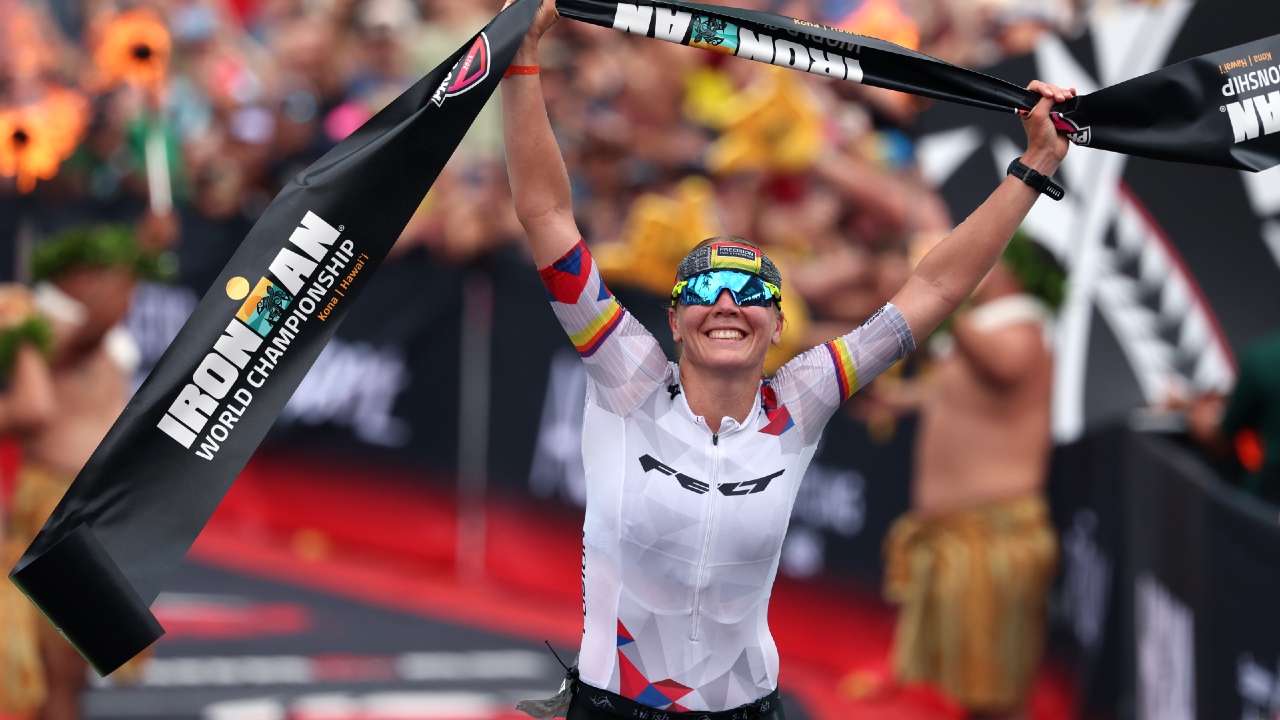Lionel Sanders has shared some positive results in his most recent YouTube video following a series of aero tests with time trial expert Marc Graveline as the Canadian looks to turn raw power into speed.
Dismayed by recent results, notably a never-dangerous third behind Mika Noodt at IRONMAN 70.3 Augusta, that he would not race again until he has something better to show. That appears to be a promise he is set to keep.
During the testing, Graveline monitored the two-time IRONMAN World Championship runner-up’s CdA (a metric used to assess aerodynamics) in a variety of different positions with some very interesting results.
Sanders testing debrief
Explaining the reasoning behind the testing in his latest YouTube video, Sanders said he wants thorough data to give him a better idea of where he is now, before he tries to make gains. The results were fascinating (watch the full video debrief below).
“What I want is thorough data. If it turns out that there’s nothing to be had, it’s all good and there’s no problem there. But first, I need thorough data which is what we’re doing. The future is bright, when you’re starting from zero, with very little testing data.
“After, you then have to catch up and to do that you have to do a lot of work. Previously I have been hesitant, or not even hesitant more like unwilling, to do the work, but now it is so pressing that I am forced to do the work.”
Lionel’s CdA, which over the course of his last three middle-distance races in Lahti, Michigan and Augusta had been calculated to be around 0.230, was the first thing that needed to be worked on.
New is not always better
The reason CdA is so important is because by lowering it, you can attain greater speeds for the same power input. Over the course of a middle-distance triathlon, a 0.010 difference in CdA can easily be the difference between winning or losing.

Initially, testing for Sanders showed data points consistent with what had been calculated from previous race efforts. Then, when lowering his handlebar angle to just 15 degrees, a substantial difference was seen.
In a similar position to the way the Canadian had previously rode in the late 2010s, his CdA was bought down to 0.211 in the first test, 0.214 in the second test, 0.209 in the third test and 0.212 in the fourth test.
“When I go to the race, push 360w and my CDA is 0.200 and I have the fastest bike split by two minutes, that’s when I’ll say that data makes sense! I feel like my whole career I’ve had a lot of luck. I feel like I got lucky with my first position, and I rode decently well in the beginning, but that was luck though.”
Further testing, which included switching aero helmets, pushed Sanders under the 0.200 barrier, with the first test in a different helmet calculated at 0.201, followed by a 0.198. Next comes the drive to turn data potential into race reality.





















